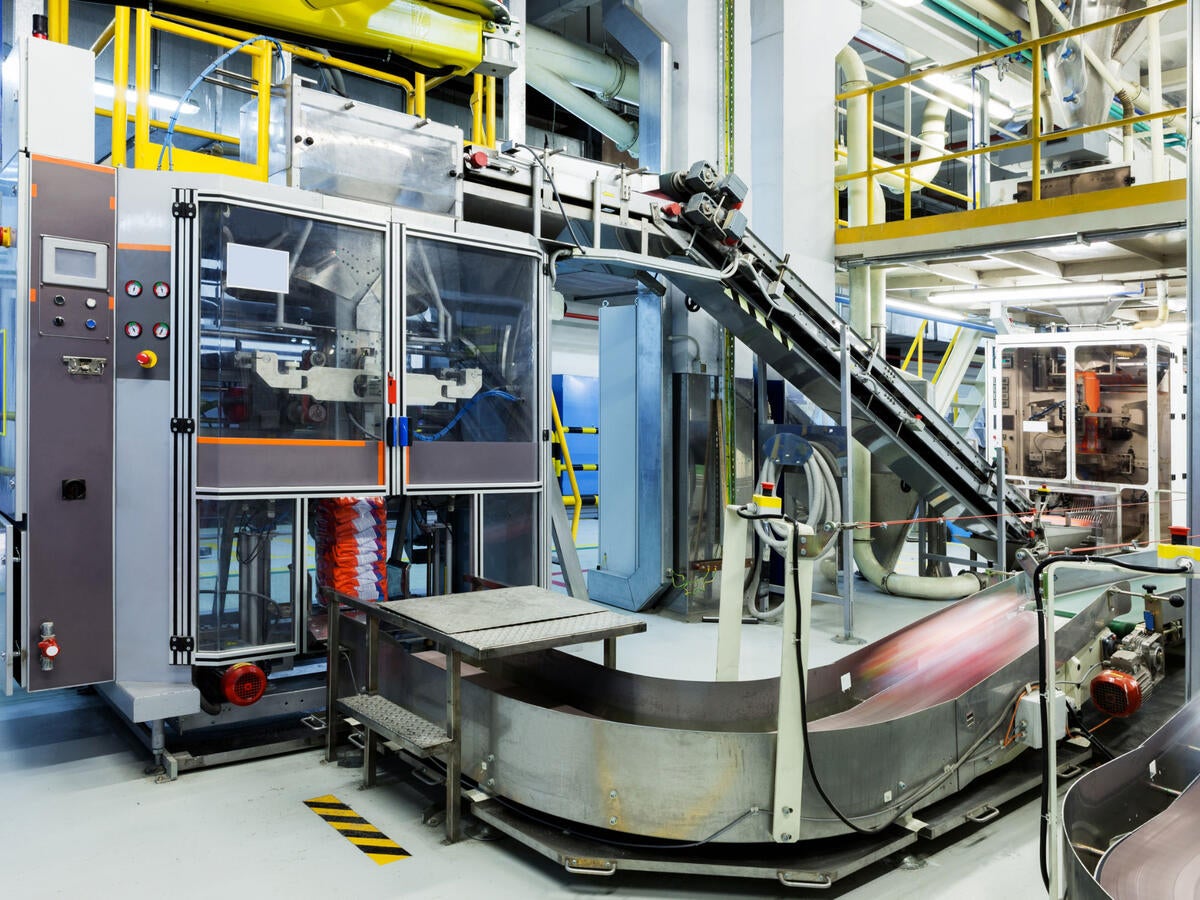A curated regulatory mapping
The Regulatory Assessment Service for Industrial Systems collects publicly available and authoritative information about technical regulations that impact safety, health and the environment, resulting in the creation of Technical Regulations and Standards (TRS) reports specific to the client's system and destination markets. This report also identifies the mandatory requirements to those critical parts of the product and system.
The TRS report allows clients to develop a regulatory strategy for timely and cost-efficient market entry, including requirements for sustaining the regulatory compliance into operations and product and system retirement.
Benefits of the system assessment services
Provides a big picture view with traceability
- The framework is based on systems engineering principles which allows for a systematic, multi-disciplinary approach for the design, realization, technical management, operations and retirement of a system.
- Catalog of technical regulations with source traceability in one document.
- Provides a parent-child relationship view of the requirements as they flow down, enhancing the traceability and allowing for control of scope creep and associated risk management.
Concept review and go/no-go decision making
- Concept review and touch-points with technical regulations.
- Early planning stage risk assessment of the system for a timely market entry.
- Life-cycle based approach to manage system regulatory risks from start to finish.
Regulatory macroenvironment sensing
Identifies any pending regulations and future regulatory trends that are under consideration by the regulatory authorities.
Accident and incident history
Extracts relevant industry incidents and accidents from authoritative databases that are pertinent to the system under review.
Structured approach for usability
- Links requirements from different regulations to the product and system to allow for real-world application.
- Services the regulatory needs of new and innovative product-system market entry as well as existing product-systems into new markets.
- Provides an overview of many different regulations, serving as a one-stop source of knowledge to design and project teams.
Regulatory intelligence
- Identifies the technical regulations for the system, eliminating regulatory surprises during concept, development, installation and operation.
- Identifies the standards for the different parts of the system.
- Structures the report along several regulatory dimensions (aviation obstruction, electrical safety, non-ionizing radiation to product take-back, permits and approvals, etc.).
Systems engineering and life cycle based approach
- Decomposes the system into its physical, functional and logical architecture to allow for requirements mapping to applicable parts of the system.
- Uses the systems engineering approach to provide the requirements for each stage of the product-system development V-model.
- Allows the client to integrate the requirements into the appropriate stage of the product development process.
Project schedule management
Allows for the alignment of the requirements with the project schedule to facilitate management of the vendor and third party engagement at appropriate times during the product development process
Requirements for sourcing and development teams
Serves as a requirements document for purchasing organization for build-to-print and build-to-specification products.
Forward-looking project view
Sets the stage for downstream product-system testing, inspection, certification and follow-up service activities.
Divisions of responsibility
Identifies the requirements that are the responsibility of the OEM, asset owner and other parties (e.g., system integrators).
Customer deliverable: Technical Regulations and Standards (TRS) report
The TRS report is a compilation of multiple regulations and may vary in scope and scale based on the technical complexity of the product and systems, and the scope requested by the customer.
A typical system with several different risks can address over 30 regulatory areas. These may include:
- Cybersecurity/Information Security
- Electrical Safety
- Mechanical Safety
- Pressure Safety
- Thermal Safety
- Explosive Atmospheres
- Fire Safety
- Waste Disposal
- Electrical Grid
Industrial product-systems
Our Regulatory Assessment Services for systems extends to product-systems in different industries and market regions. Examples include, but are not limited to:
- PEM Electrolysis System
- Vertical Farming System
- Propane Heat Pump Chiller System
- Sulfuric Acid Plant
- Thermal Power Plant
- Fuel Cell Power Plant
- Semiconductor Manufacturing Equipment
- Portable solar panel and power pack
- Battery Energy Storage Systems
- Unmanned Aircraft Systems
- Solid Oxide Fuel Cell (SOFC) Systems
- Solvent Recovery and Recycling Plant (Electric Vehicle Battery Plant)
Each report is customized to the customer’s needs. Typical questions that a TRS report will aim to address may include:
- Are there any mandatory technical standards stated within the regulations?
- Should conformity assessment procedures or tests be performed by local authorities at manufacturing and final installation sites?
- Are there any exemptions or exclusions for the product, system, sub-systems or components?
- Can existing conformity procedures, standards, or markings be leveraged to enter the destination country?
- Does the test lab or certification agency have to be accredited in the destination country?
- Are specific licenses required for the design and/or manufacture of the product and system?
- Is there need for an external government agency to examine the quality assessment process of the manufacturing facility?
- Can I apply for permits and approvals online? What documents do I need to submit?
- Do OEMs have to submit any self-declarations?
- Do I have to include technical files in my submissions?
- How important is the localization of product information (hazard warning labels, instruction manuals, user interfaces, etc.)?
- What are the responsibilities for the system integrator, OEM, asset owner for permits and approvals?
Get connected with our sales team
Thanks for your interest in our products and services. Let's collect some information so we can connect you with the right person.

